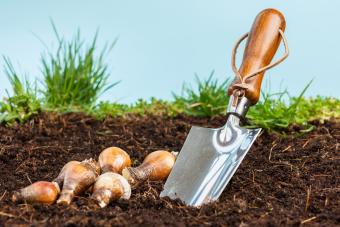Homepage Content
New & Popular Topics
Top Reads

My Rose Wants to Die & Other Trials of a First-Time Gardener
Garden

How We Turned a Spare Room Into Our Dream Closet
Projects & DIY

10 Spring Mocktails With the Very Freshest Flavors
Mocktails

5 Ways I Actually Get My Kids to Talk About Their Days
Parenthood

Mac Hacks: Fast & Easy Ways to Upgrade Mac & Cheese
Meal Ideas

6 Valuable Canadian Dollar Coins Worth Way More Than $1
Antiques & Collectibles

Get Stunning Spring Family Photos With These 12 Tips
/
Parenthood

Creative Spring Break Activities You Can Do at Home
/
Kids

Silly Spring Jokes for Kids to Sprout Some Smiles
/
Jokes

11 Things I Swore I'd Never Do When I Had Kids (I Did Anyway)
/
Adulting

Spring Baby Shower Themes That Aren't Your Garden Variety
/
Parties

Engagement Photo Outfit Ideas for Couples That Fit Your Relationship
/
Weddings

Spring Theme Party Ideas to Encourage the Fun to Blossom
/
Parties

21 Ideas for a Non-Traditional Wedding That's Totally You
/
Weddings




















